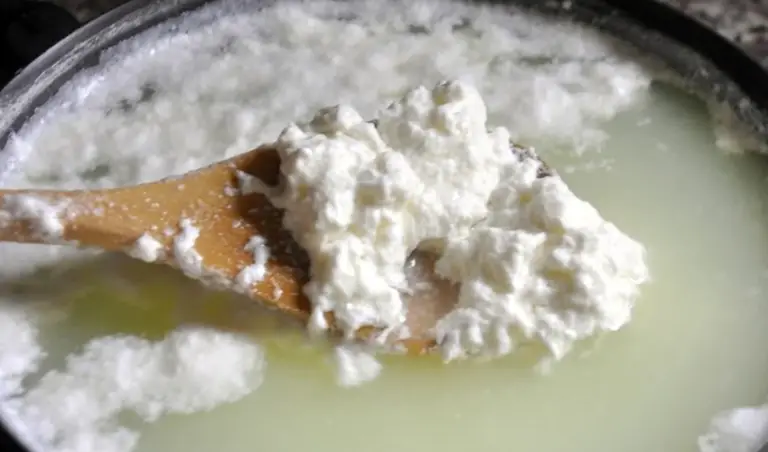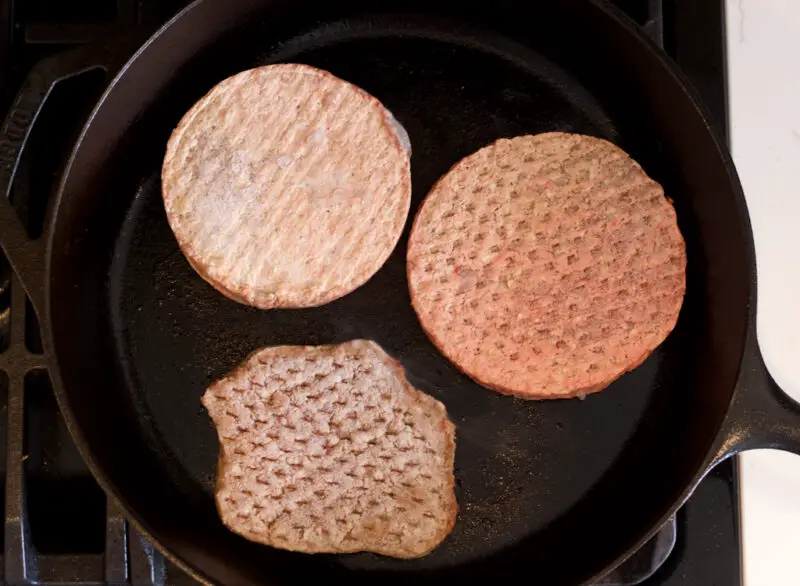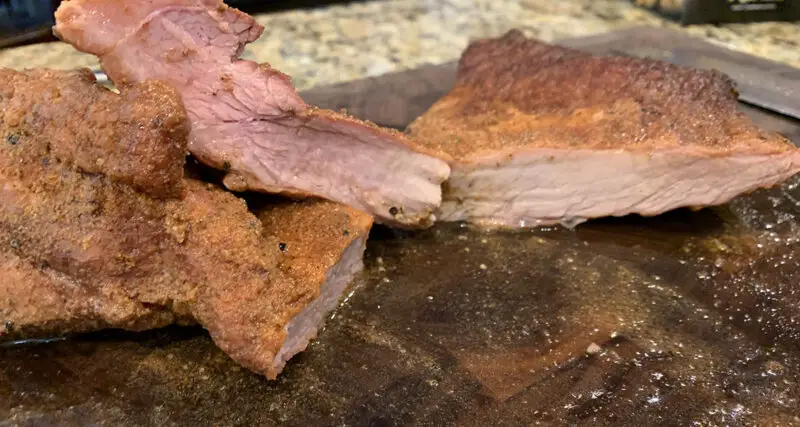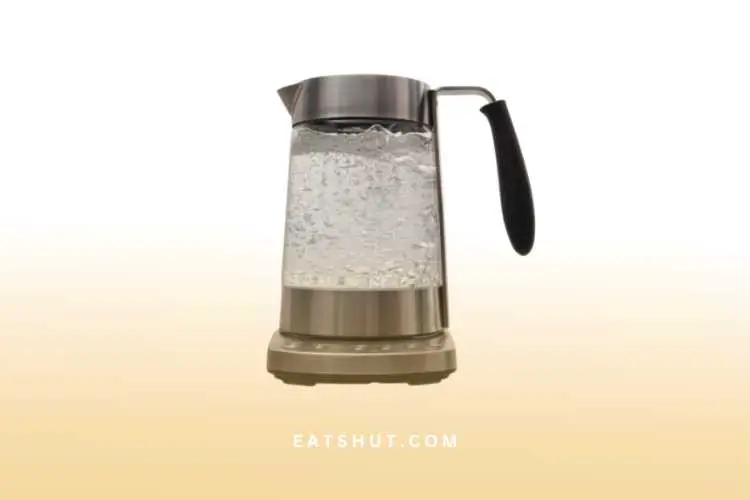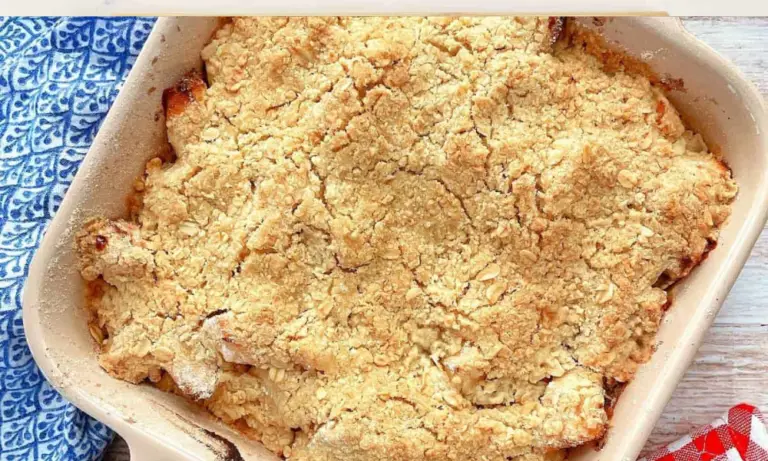Have you ever wondered how long it takes for boiling water to cool down to a specific temperature, like 175 degrees? The time it takes for boiled water to cool can vary depending on several factors, such as the duration of boiling and the cooling method used. Let’s explore this topic further to understand the process and factors that influence the cooling time.
Key Takeaways:
- Cooling boiled water can take 45 minutes to about an hour to reach room temperature.
- Specifically cooling boiled water to 175 degrees depends on the cooling method used.
- Pouring fully boiled water into an open pot allows for faster cooling, typically reaching 175 degrees in minutes.
- Water in a closed container can take 45 to 50 minutes to reach room temperature, so it may take a similar amount of time to cool to 175 degrees.
- Factors such as room temperature and the specific heat of the water can affect the cooling time.
Factors Affecting the Cooling of Boiling Water
When it comes to the cooling of boiling water, several factors can influence the process. Understanding these factors can help us estimate the time it takes for water to cool down and reach a desired temperature. The initial temperature of the water plays a significant role, as higher temperatures generally require more time to cool. Additionally, the duration for which the water boils can affect the cooling time.
The method of cooling also plays a crucial role in the rate at which the water cools. For example, pouring fully boiled water into an open pot allows for faster cooling due to increased surface area exposed to the surrounding air. On the other hand, using a closed container can result in slower cooling as the heat is retained within the container for a longer period. Other factors to consider include the ambient temperature and the storage conditions of the water, which can affect the cooling process.
Factors Affecting the Cooling of Boiling Water
To summarize, the key factors that affect the cooling of boiling water include the initial temperature, the duration of boiling, the cooling method used, the ambient temperature, and the storage conditions. By considering these factors, we can gain a better understanding of the time it takes for boiling water to cool down and reach a specific temperature. This knowledge can be particularly useful when we need to cool water efficiently or estimate cooling times for various purposes.
Calculating the Cooling Time of Boiling Water
When it comes to calculating the cooling time of boiling water, there are a few methods we can use. One common approach is to apply Newton’s cooling law, which takes into account variables such as the initial temperature, desired final temperature, ambient temperature, and cooling coefficient. By plugging in the appropriate values into the formula, we can determine the estimated cooling time. However, it’s important to note that these calculations are theoretical and may not account for all real-world factors that can influence the cooling process.
Another method for estimating the cooling time of boiling water is to rely on empirical formulas based on macroscopic observations. These formulas provide approximate values for the cooling time, taking into consideration the initial and ambient temperatures. While they may not offer the same level of accuracy as mathematical calculations, empirical formulas can serve as a useful tool for getting a rough estimate of the cooling time.
It’s essential to remember that the cooling time of boiling water can vary depending on various factors, including room temperature, the specific heat of the water, and the chosen cooling method. By understanding the principles behind these calculations and considering the real-world factors at play, we can gain valuable insights into how long it takes for boiling water to cool to a specific temperature.
Techniques to Speed Up the Cooling of Boiling Water
If you’re looking to expedite the cooling process of boiling water, there are several techniques you can try. One effective method is to use a metal bowl placed inside a larger bowl filled with ice. Constantly whisk or stir the water to facilitate heat transfer. The metal bowl is an excellent conductor of heat, allowing for faster cooling.
Another technique is to utilize an ice bath. Simply pour the boiling water into a glass container and place it in a larger bowl filled with cold water or ice cubes. The cold temperature of the water or ice helps absorb heat from the boiling water, expediting the cooling process.
If you have access to a fan, turning it on can further enhance the cooling rate. The fan promotes air circulation, allowing for increased heat dissipation. This technique is especially beneficial if you’re working with a larger volume of boiling water.
Alternatively, transferring the boiling water into a horizontal container or placing it in the refrigerator can also expedite the cooling process. The larger surface area exposed to the surrounding environment facilitates quicker heat transfer, resulting in faster cooling times. However, it’s important to note that when using the refrigerator, it may be necessary to cover the container to prevent contamination.
| Cooling Technique | Effectiveness |
|---|---|
| Metal bowl with ice bath and constant stirring | High |
| Ice bath | Moderate |
| Fan | Moderate |
| Transferring to horizontal container or placing in fridge | Moderate |
Experiment with these techniques to find the method that works best for your needs. Remember to consider safety precautions, such as using oven mitts or gloves when handling hot containers, and always take care to avoid splashing or spilling boiling water.
The Physics of Cooling Boiling Water
When it comes to the process of cooling boiling water, understanding the underlying physics can provide valuable insights. The transfer of heat energy from the hot water to the surrounding environment is central to this phenomenon. Heat transfer occurs through collisions between water molecules and between water molecules and the container in which it is held. By comprehending these principles, we can explain why and how boiling water cools over time.
Newton’s cooling law offers a framework to describe this cooling process. The law takes into account factors such as the temperature difference between the initial and ambient temperatures, the heat transfer coefficient, and the surface area of heat exchange. These parameters influence the rate of heat transfer and subsequently impact the cooling rate of boiling water.
For a more detailed understanding, it’s important to consider the specific properties of the water being cooled. Factors such as the initial temperature of the water and the duration for which it boils can influence the overall cooling time. Furthermore, the method of cooling employed, such as pouring the water into an open pot or using an ice bath, will also affect the rate of cooling. By exploring these physics-based concepts, we can gain a deeper appreciation for the process of cooling boiling water.
Table: Factors Affecting the Cooling of Boiling Water
| Factors | Description |
|---|---|
| Initial temperature of the water | Higher temperatures generally take longer to cool |
| Duration of boiling | Can impact the overall cooling time |
| Cooling method | Pouring into an open pot or using an ice bath can affect the cooling rate |
| Ambient temperature | The temperature of the surrounding environment |
| Storage conditions | The way the water is stored during the cooling process |
Cooling Methods and Their Effects on Water Temperature
When it comes to cooling boiling water, the method you choose can have varying effects on the temperature of the water. Let’s explore some common cooling methods and how they impact the cooling process:
1. Open Pot Method
Pouring fully boiled water into an open pot allows for rapid evaporation, which leads to faster heat dissipation and a quicker decrease in temperature. This method is particularly effective when you need to cool the water to a specific temperature, such as 175 degrees. By exposing the water to the open air, the heat energy escapes more readily.
2. Ice Bath
Using an ice bath involves placing the boiling water into a larger bowl filled with cold water or ice cubes. The cold water or ice absorbs heat from the boiling water, facilitating faster cooling. This method is effective in reducing the water temperature rapidly and can be useful when you need to cool the water down within a short time frame.
3. Transferring Between Containers
Transferring the boiling water between containers can affect the rate of cooling, although it may not have as significant an impact as other methods. The cooling rate will depend on the type of containers used and the rate at which heat is transferred. For example, transferring the water into a metal container may result in faster cooling due to the metal’s ability to conduct heat.
4. Fan-Assisted Cooling
Using a fan to cool boiling water can help expedite the process by promoting air circulation. The moving air enhances the heat transfer between the water and its surroundings, leading to faster cooling. However, it’s important to note that the impact of fan-assisted cooling may be less significant compared to other methods, especially if the ambient temperature is high.
Overall, the choice of cooling method depends on the desired temperature and the time frame available. Each method has its own advantages and limitations, so it’s important to select the one that aligns with your specific cooling needs.
| Cooling Method | Effect on Water Temperature |
|---|---|
| Open Pot Method | Rapid evaporation and heat dissipation result in faster cooling |
| Ice Bath | Cold water or ice absorbs heat from the boiling water, facilitating faster cooling |
| Transferring Between Containers | Cooling rate depends on the type of containers and the rate of heat transfer |
| Fan-Assisted Cooling | Promotes air circulation, enhancing heat transfer and facilitating faster cooling |
Conclusion
In conclusion, the time it takes for boiling water to cool to 175 degrees will depend on several factors. Factors such as the initial temperature, the duration of boiling, and the cooling method used can all influence the cooling time.
On average, it can take around 45 minutes to an hour for boiling water to reach room temperature. However, the cooling time specifically to 175 degrees will vary. Pouring fully boiled water into an open pot allows for faster cooling, typically reaching 175 degrees in just a few minutes. Water in a closed container may take a similar amount of time as reaching room temperature to cool to 175 degrees.
To speed up the cooling process, there are various techniques that can be employed. Using a metal bowl placed in a larger bowl filled with ice, or an ice bath, can both expedite the cooling of boiling water. Additionally, turning on a fan or transferring the water into a horizontal container or the refrigerator can help achieve the desired temperature more quickly.
Remember to consider factors such as ambient temperature and storage conditions when estimating cooling times. By understanding the physics of cooling and utilizing appropriate techniques, we can efficiently cool boiling water to the desired temperature of 175 degrees.
FAQ
How long does it take for boiling water to cool to 175 degrees?
The time it takes for boiling water to cool to 175 degrees specifically will vary depending on factors such as the initial temperature, the duration of boiling, and the cooling method used.
What factors affect the cooling of boiling water?
Factors that can influence the cooling time of boiling water include the initial temperature, the duration of boiling, the cooling method used, the ambient temperature, and the storage conditions of the water.
How can I calculate the cooling time of boiling water?
The cooling time of boiling water can be calculated using methods such as Newton’s cooling law, which takes into account the initial temperature, the desired final temperature, the ambient temperature, and the cooling coefficient. Empirical formulas based on macroscopic observations can also provide approximate values for the cooling time.
What techniques can I use to speed up the cooling of boiling water?
Techniques to speed up the cooling of boiling water include using a metal bowl in an ice bath, pouring the water into a glass and placing it in a larger bowl filled with cold water or ice cubes, turning on a fan to promote air circulation, and transferring the water into a horizontal container or placing it in the fridge.
What is the physics behind cooling boiling water?
The cooling of boiling water involves the transfer of heat energy from the hot water to the surrounding environment through collisions between water molecules and between water molecules and the container. Newton’s cooling law describes this process, taking into account factors such as the temperature difference, the heat transfer coefficient, and the surface area of heat exchange.
How do different cooling methods affect the temperature of boiling water?
Pouring fully boiled water into an open pot allows for rapid evaporation and heat dissipation, resulting in a faster decrease in temperature. Using an ice bath can also lead to quicker cooling, as the cold water or ice helps absorb heat from the boiling water. Other methods, such as transferring the water between containers or using a fan, may have a lesser impact on the cooling rate.
